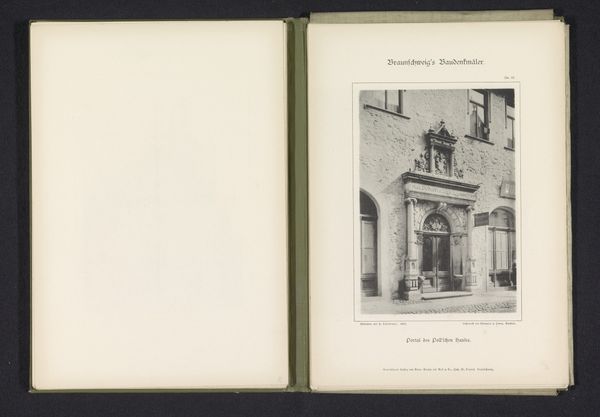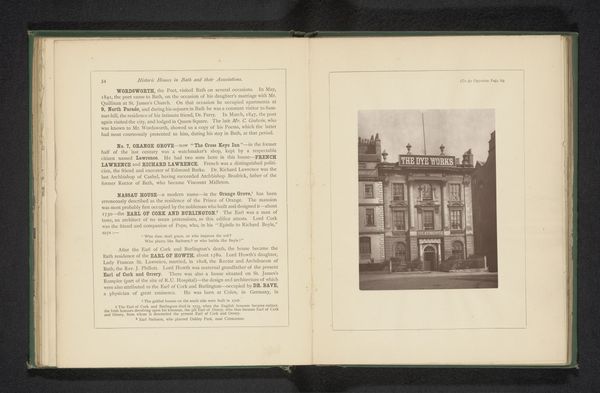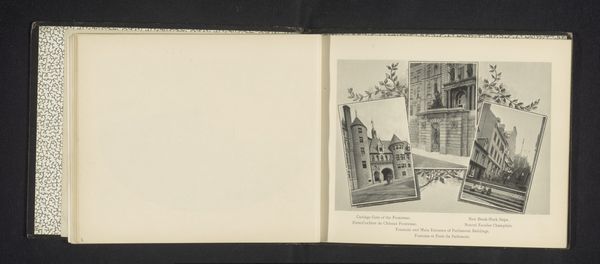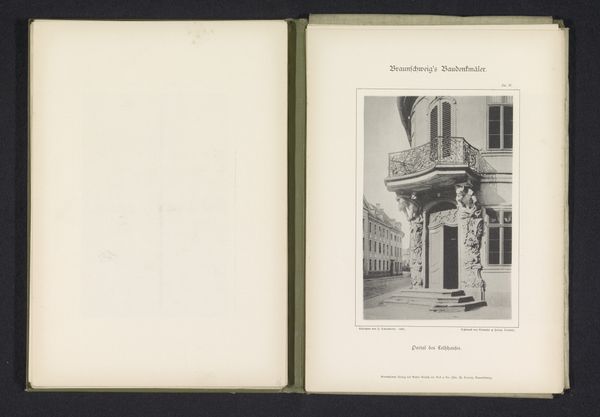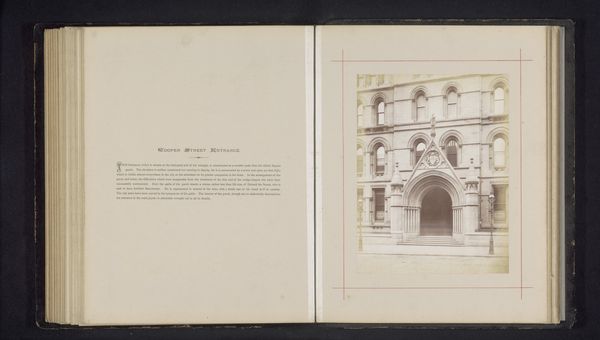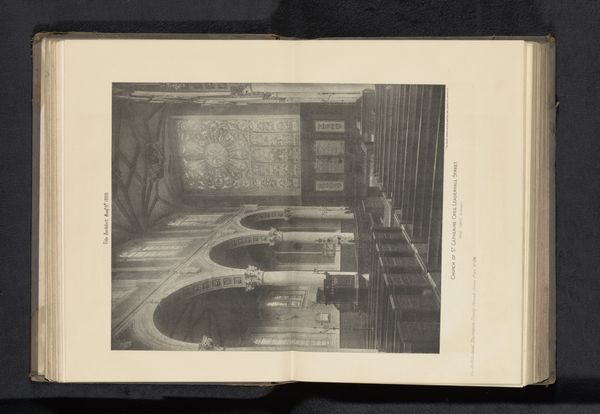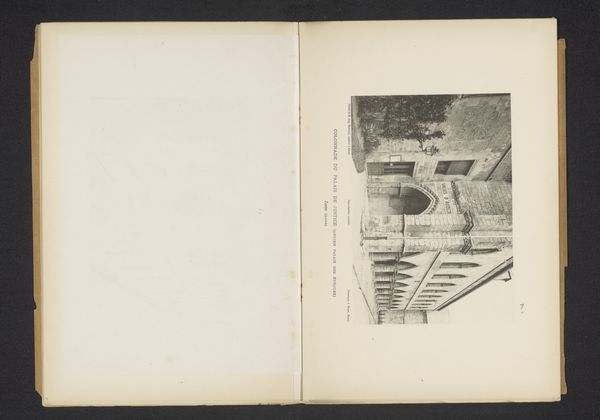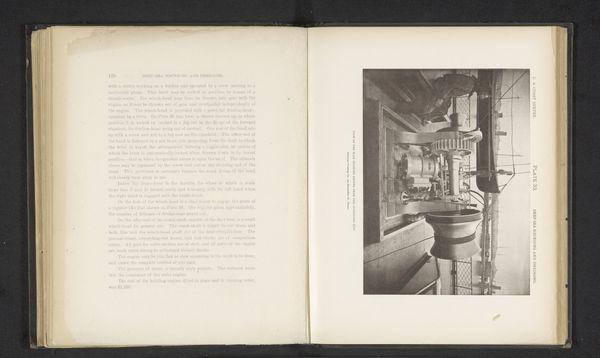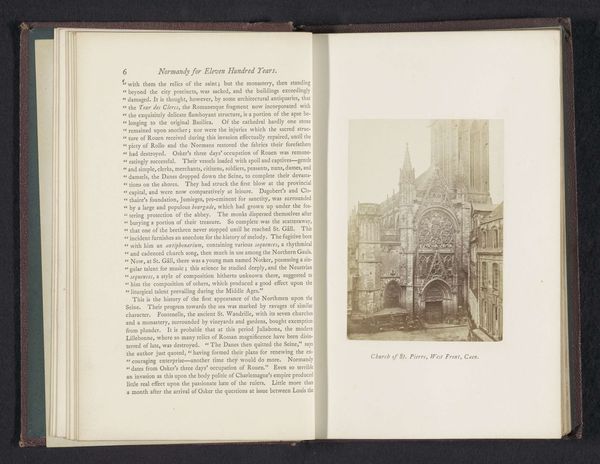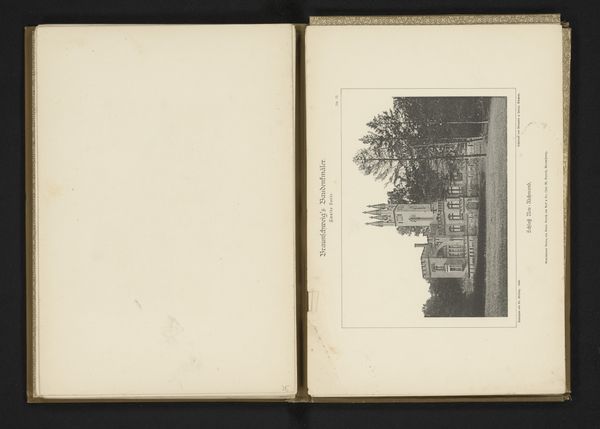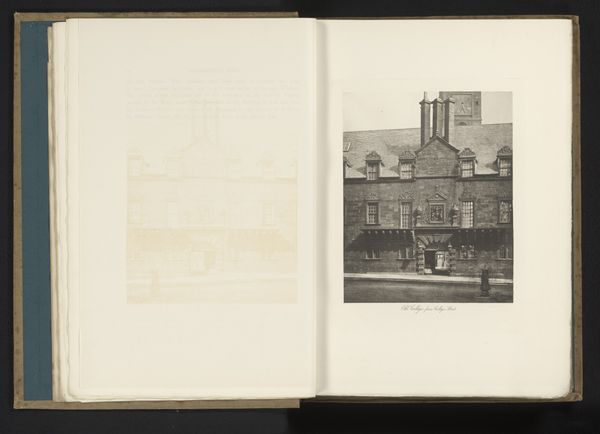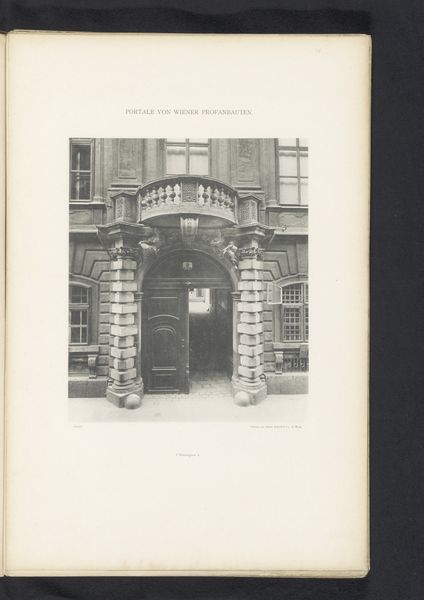
Cul-de-lampeconsole gedecoreerd met putti aan het Hôtel de Felzins in Toulouse before 1879
0:00
0:00
Dimensions: height 132 mm, width 85 mm
Copyright: Rijks Museum: Open Domain
Curator: This albumen print, taken before 1879, shows a “Cul-de-lampeconsole gedecoreerd met putti aan het Hótel de Felzins in Toulouse,” offering us a glimpse of French architecture. Editor: Immediately striking. There’s a rather somber quality to the grey tones against what looks like aged brickwork. A study in contrasting textures—rough versus refined, dark against light. Curator: Let’s consider the means of production. Albumen prints, using egg whites to bind the photographic chemicals to paper, were common in the 19th century, indicating mass production for distribution and consumption to disseminate neoclassical style to a broader audience. Editor: But notice how the composition isolates this architectural fragment. The cropped frame emphasizes the interplay between the solid mass of the console and the intricate details of the putti decorations. Observe also the shadowing adding depth and volume and, thereby, drawing out formal tension. Curator: Indeed. The chosen subject—an architectural detail adorned with putti—signals a broader social context of revivalism. This reflects the 19th-century fascination with classical forms and its insertion into even the urban landscape, illustrating both its decorative function and role in defining social identity. Editor: I’d say the muted palette reinforces that atmosphere and, given the limitations of photography, consider how this tonality evokes the nostalgia felt for past golden eras or antiquity at large. Curator: Ultimately, what interests me here is its place within photographic history and how it participates in making both visual culture, its labor implications, and historical context widely accessible in album form. Editor: For me, this photographic image embodies an exercise of perspective and the semiotic language of texture that reveals cultural aesthetic values. The work has presented some really complex questions to contemplate here.
Comments
No comments
Be the first to comment and join the conversation on the ultimate creative platform.
